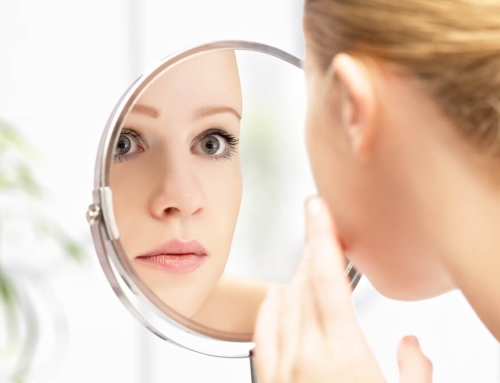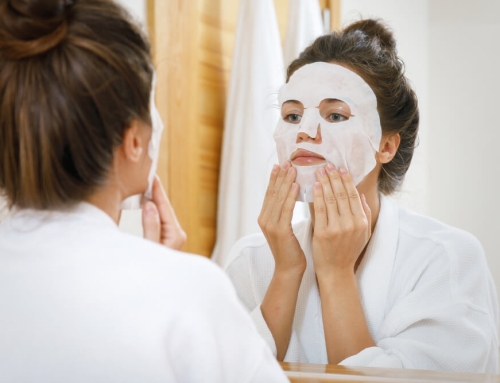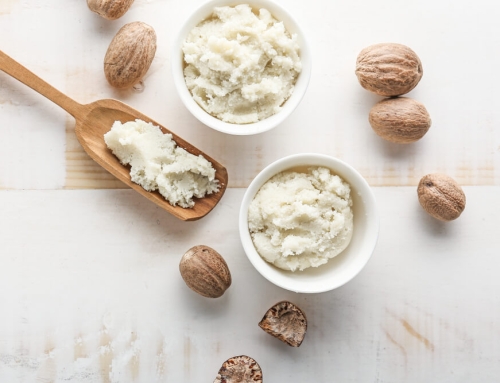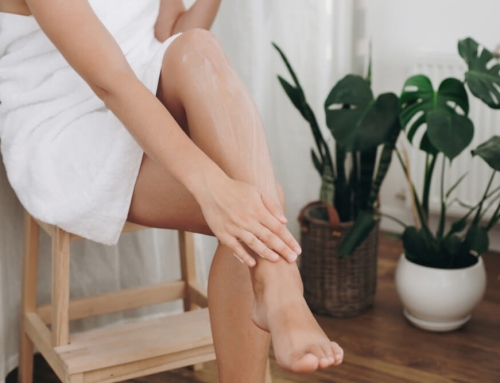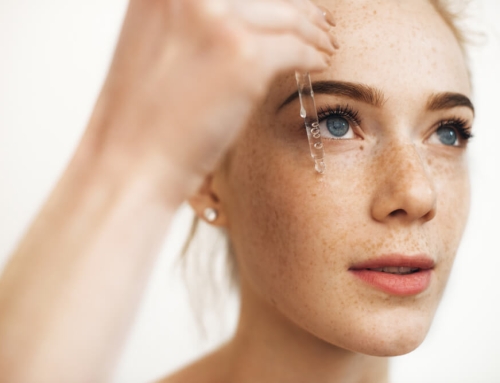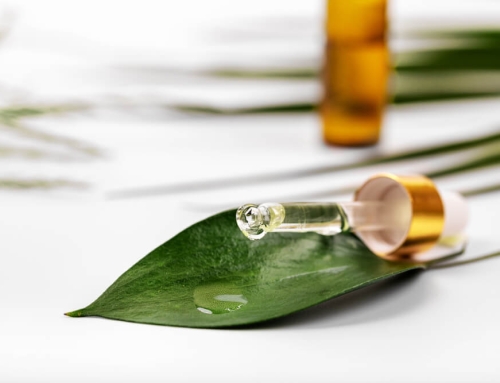Woken up to find red spots on your face?
Don’t panic. There are several different things that could have caused them, and these are usually easily treatable.
Inflammatory Papules
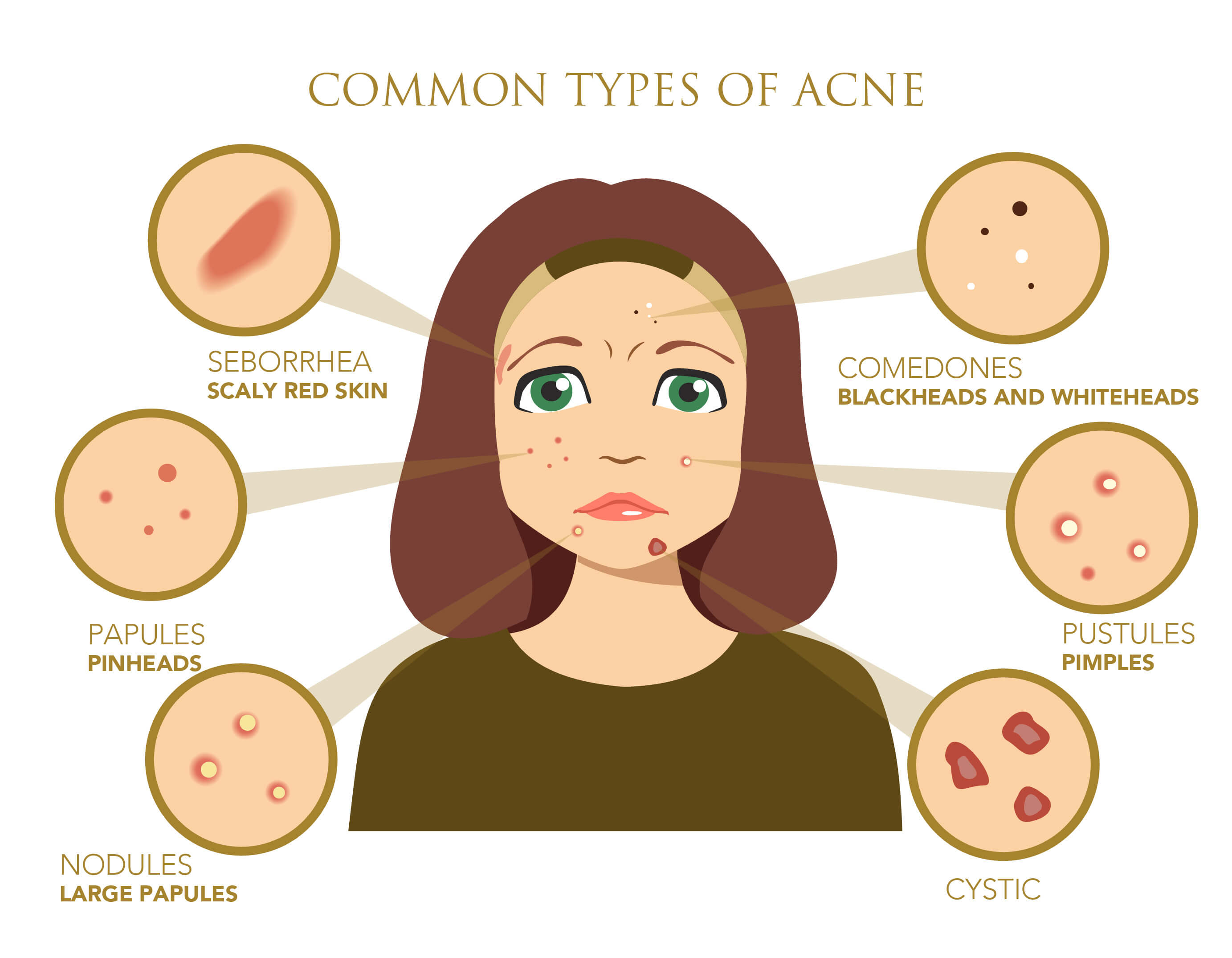
Let’s begin with one of the most common causes of red spots on the face…
Inflammatory papules are a type of acne that usually appear on the jawline or cheek. They are small red bumps that do not contain any pus, and are not cystic.
So, what exactly causes inflammatory papules?
Clogged pores, and these are caused by dead skin cells and excess oil creating blockages within them. This causes inflammation within the skin, resulting in the papule.
Treating Inflammatory Papules
Since inflammatory papules are caused by clogged pores, the best way to treat them is by unclogging those pores, releasing them of their blockage.
How?
You will need to use a chemical exfoliant. Stay away from any physical exfoliants, such as scrubs, because these will only irritate your skin even further.
These chemical exfoliants are especially beneficial when dealing with inflammatory papules:
- Salicylic acid
- Glycolic acid
- Citric acid
A product containing benzoyl peroxide can also help to encourage natural exfoliation, while also eliminating any acne-causing bacteria that may be on the surface of your skin.
In the future, try to keep your skin well-exfoliated in order to avoid more papules developing. Incorporating sebum-balancing ingredients into your skincare routine would also help.
What happens if you leave an inflammatory papule untreated?
Chances are, it will end up accumulating pus, turning it into a pustule. It only takes a few days for this to happen, after which the condition will take longer to treat.
Nodular Acne
Nodular acne looks a little like inflammatory papules, but are a much more severe type of acne.
It occurs when the p.acne bacteria on the skin becomes infected inside the pores, leading to the infection traveling deeper down into your skin.
Although it may only look like a small red bump, nodular acne is usually painful when it is touched.
Treating Nodular Acne
Since nodular acne begins deep down in the skin, the usual over-the-counter acne treatments will not work with this condition, as they usually only target the outer layers of skin.
Instead, you will need to visit your doctor, as prescription-strength products are what you need. Here are a few of your options:
- Antibiotics to destroy the bacteria that has caused the infection
- Prescription-strength benzoyl peroxide
- Prescription-strength salicylic acid
- Retinoids, which are a powerful form of vitamin A that helps to unclog the pores
- Blue light therapy to minimize sebum production and eliminate bacteria
Rosacea
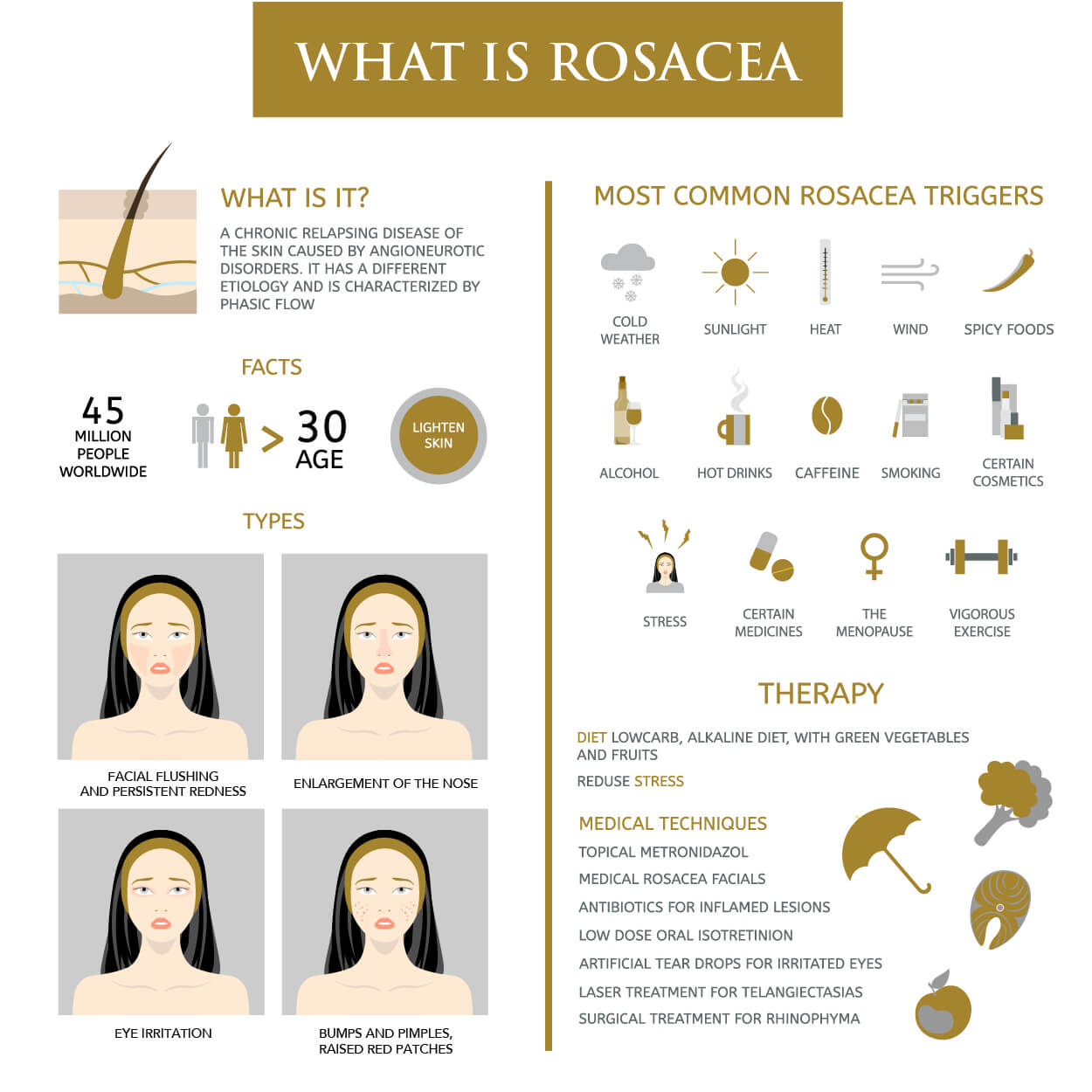
Rosacea is often confused with acne, because both conditions lead to red bumps on the skin. However, rosacea usually has its own set of unique symptoms too, including:
- Facial flushing, which usually happens for short periods of time to begin with, before the redness begins to stick around for longer
- A burning or stinging sensation on the face
- Increased skin sensitivities
- Visible blood vessels in the skin
- Papules and pustules, which is why this condition is often believed to be acne
Wondering what actually causes rosacea?
Unfortunately, the exact cause is unknown. What the experts do know is that there are common triggers out there that tend to exacerbate the condition, such as:
- Sun exposure
- Weather extremities
- Hot drinks
- Caffeine and alcohol
- Stress
- Spicy foods
Treating Rosacea
It goes without saying that the very first step when dealing with rosacea is avoiding your triggers. It may take you some time to identify exactly what your triggers may be, so consider keeping records of your flare-ups to help you with this.
While there isn’t a cure for rosacea, there are several steps that you can take to keep flare-ups at bay. In addition to avoiding your triggers, try the following:
- Only use skincare products designed for sensitive skin
- Use soothing and calming skincare ingredients, such as aloe vera, chamomile and cucumber extract
- Oral antibiotics can sometimes help to reduce symptoms during serious flare-ups
- Laser and IPL treatments can help to minimize the appearance of the redness and visible blood vessels that rosacea causes
Broken Capillaries
Rather than being small spots, broken capillaries look more like red blotches on the skin. If you look at them closely, you may even notice small veins coming from them. Broken capillaries can affect just about anyone, although people with sensitive skin, rosacea, acne, or even just fair skin tend to be more susceptible to them.
What exactly causes broken capillaries?
It usually comes down to an external disturbance to your skin, such as:
- UV damage
- Windburn
- Sudden temperature fluctuations
- Excessive smoking or drinking
Treating Broken Capillaries
Sadly, once capillaries have broken, there is no way to repair them.
With that being said, there are still steps that you can take to reduce how visible and red they are. This usually involves laser treatments to directly target those individual blood vessels.
Prevention is always better than cure, and this is especially the case when it comes to broken capillaries. If you know that you are already more prone to experiencing broken capillaries, take extra care to be gentle with your skin, not only when it comes to your skincare routine, but also in terms of protecting your skin from the sun.
Milia
Milia is a skin lesion that looks very similar to a pimple, but is definitely not one. They commonly appear around the eyes, but they can show up just about anywhere on the skin. Although they are often a pale red in color, they can show up as a darker red too.
Wondering what milia actually are?
They are keratin cysts that have formed inside one of your pores. There are actually two types of milia:
- Primary Milia – this is caused by dead skin cells building up in the pores, becoming trapped
- Secondary Milia – this is caused by the sweat ducts becoming clogged, which can happen due to everything from a skin trauma to a lack of sleep
Treating Milia
While milia does usually clear on its own, it can sometimes take a few months before this actually happens. Since the only way to safely get rid of milia requires a visit to a professional, many choose to wait it out instead. If you decide to do this, do not feel tempted to squeeze those spots, as this will only prolong the healing process.
If you want to have your milia treated, your dermatologist will make a small incision in your skin before using a special tool to extract the milia.
Wondering how you can prevent milia from forming in the first place?
Keep your skin well-cleansed and exfoliated, and try to use a product that contains vitamin A. The OROGOLD 24K Multi-Vitamin Deep Peeling + Mandelic Acid will help you with this, as it gently exfoliates the skin while also being infused with a range of potent vitamins and botanicals.

Contact Dermatitis
There are two different types of contact dermatitis, and it is important to know which one you have in order to prevent this from occurring:
- Irritant Contact Dermatitis – this is when your skin has been irritated by an external substance, such as cosmetic products, hair dye or cleaning products
- Allergic Contact Dermatitis – this is when your skin develops an allergic reaction to something it has touched, such as a certain fragrance of poison ivy
In addition to seeing small red bumps on your skin, you may also notice a red rash spreading around the affected area.
Treating Contact Dermatitis
To treat your red bumps and rash, you need to soothe your skin and cool it down. A cold, wet compress can really help with this, as can taking a soak in an oatmeal bath.
Calming skincare ingredients can also help, such as:
- Cucumber extract
- Chamomile extract
- Calendula extract
- Aloe vera
Of course, unless you find the exact cause of your contact dermatitis, it will only keep re-occurring. As mentioned earlier, this can be difficult, but here are a few starting points:
- If your symptoms are near your eyes, it could be caused by the nickel in any beauty tools you use, such as tweezers or eyelash curlers. Nickel could also have transferred over to your skin if you touched something containing nickel, such as keys or a doorknob, before touching or rubbing your eyes
- If your symptoms are along the side of your face, this could be due to your cellphone. Whether it may be bacteria that your cellphone has accumulated, or the nickel or chronium contained in your cellphone, this is often a common culprit. Shampoos and conditioners can also lead to contact dermatitis as they run down the sides of the face, as can hair dyes and other hair care chemicals
- If you have recently spent quite a bit of time outdoors, your contact dermatitis could be due to a poison that your face has touched, such as poison ivy or poison oak
Ingrown Hairs
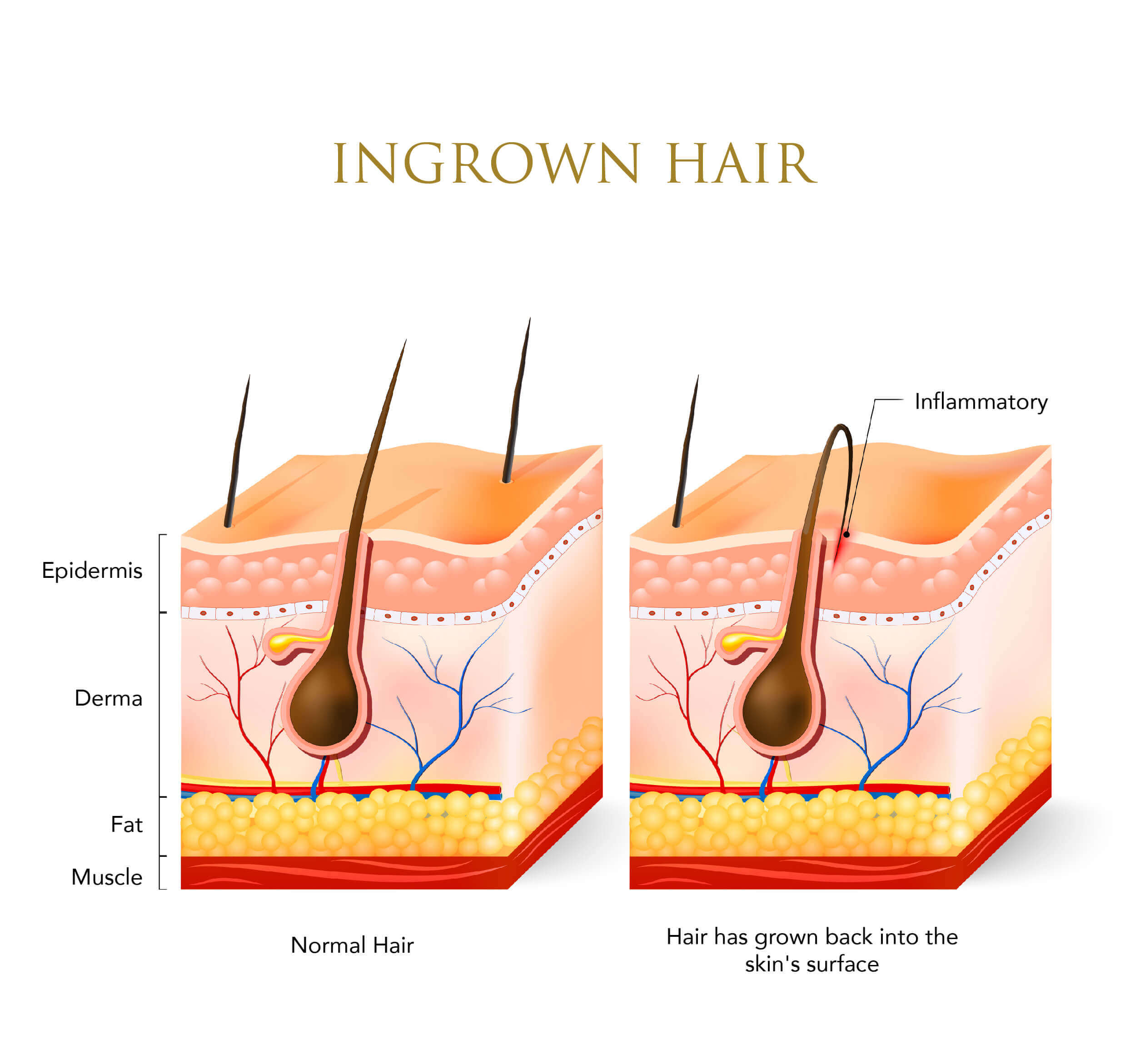
Do you pluck your eyebrows? Or how about wax your upper lip?
If so, and your red bumps are in those areas, they could be due to ingrown hairs. These red bumps are raised up off the skin, and are usually itchy. Those who have curly hair are more susceptible to them than those who have straight hair.
What causes ingrown hairs?
Well, usually when you remove a hair, it grows back straight up and out of the skin. However, sometimes the hair can curl as it is growing. Rather than growing straight out, this then causes it to change directions, turning back into the skin.
Treating Ingrown Hairs
Ingrown hairs usually clear on their own. Make sure that you do not pick or scratch at it during this time, as this will only increase your chances of experiencing scarring.
If an ingrown hair is really bothering you, your doctor will be able to release it by making a small incision into your skin. Oral and topical antibiotics can also sometimes be prescribed in more severe cases, although this is usually pretty rare.
Just like with everything else, prevention is better than cure. You may need to look into ways in which you can improve your hair removal techniques, while also making sure that you keep your skin regularly exfoliated.
Psoriasis
Do the red spots on your face look scaly or raised?
If so, there is a chance that this could be caused by psoriasis. This skin condition causes the body to produce new skin cells at an accelerated rate. Rather than taking weeks to do this, your body does it in just a few days.
Why is that bad?
Because all of those extra skin cells build up on the surface of your skin, and this is what is causing those rough, red bumps.
Treating Psoriasis
Unfortunately, psoriasis is a chronic condition that cannot be cured. Don’t worry, there are still many treatment options out there that can help you to manage the symptoms, such as:
- Hydrocortisone creams, which will help to control the itch. These can be purchased over-the-counter, but, if you have large areas of psoriasis on your skin, you may be better off with a prescription-strength product
- Keeping your skin moisturized. This will not only help to prevent dryness in your skin, but will also speed up the rate at which it heals. Make sure that your moisturizer is gentle and rich, without any added fragrances
- LED light therapy is often prescribed to reduce the symptoms of psoriasis
As you can see, there are so many different reasons as to why red spots have appeared on your face. Each condition has its own specific treatment, making it important to identify exactly what is causing your red spots before you attempt to clear them away.


